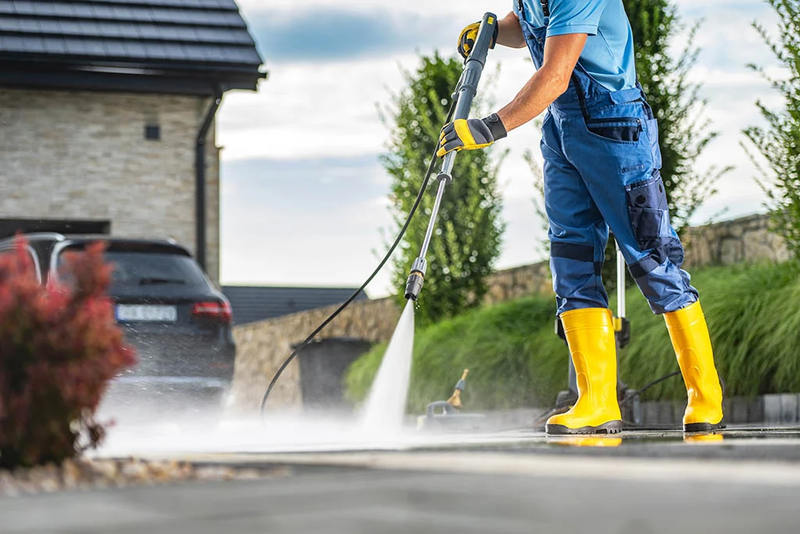Pressure Washing

Pressure washing, also known as power washing, utilises a high-pressure water spray to clean and eliminate unwanted substances from surfaces. Pressure washer machines are designed to generate a powerful stream of water that can effectively tackle tough dirt, mould, mildew, grease, and other contaminants.
Key Components of a Pressure Washer
To understand the science behind pressure washing, let’s examine the key components of a pressure washer:
Water Pump: The water pump plays a crucial role in creating the necessary pressure for effective cleaning. Pressurizing the water enables the expulsion of water at high velocity through the nozzle.
Motor or Engine: The motor or engine powers the water pump, supplying the energy required to generate the high-pressure stream.
High-Pressure Hose: The high-pressure hose connects the water pump to the spray wand or nozzle, allowing the pressurised water to be directed precisely at the target surface.
Spray Wand or Nozzle: The spray wand or nozzle serves as the point of delivery for the pressurised water. Different types of nozzles can be used to adjust the spray pattern and pressure, depending on the specific surface being cleaned.